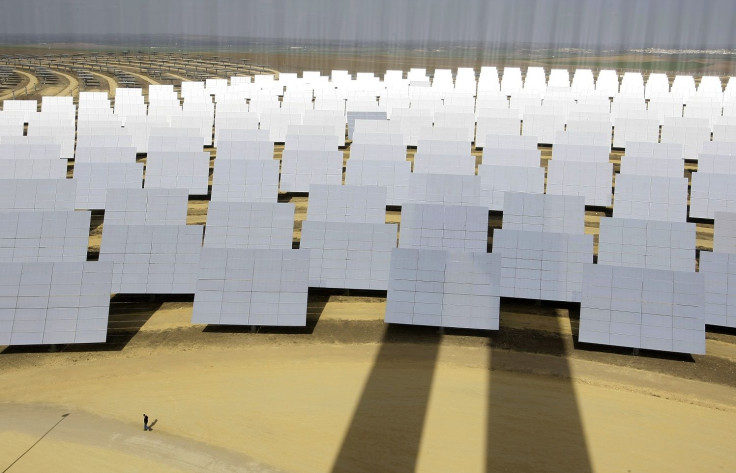Demand for Titanium Dioxide to Increase Due To PV Module Market Growth in Brazil and Spain

The paints and coatings market has been the main driver of global demand for titanium dioxide. But according to market research consulting Grand View Research, the mineral is expected to experience a rise in demand from the growing photovoltaic, or PV, modules industry, especially in Brazil and Spain.
The sudden popularity of solar photovoltaic module across the globe augmented the demand for titanium dioxide as global leaders encourage their respective nations to embrace renewable energy technologies. Today, Germany, Japan, Spain, and the US are the top markets for PV installations, though there has been massive market growth recorded in Brazil in the past few years. Spain’s PV market, however, is continuously growing, at a pace so fast it could lead the global market in 2017.
Earlier in April, ThinkProgress.org reported that almost half of Spain’s electricity for March was generated by renewable sources. About 22.5 percent of which was from wind energy and 17.5 percent was from hydro, with the rest produced by solar PV modules.
According to CleanTechnica, Spain has long been a renewable energy leader. In 2014, it is the first country in the world to rely on wind energy as its main energy source. The country is now attempting to increase its reliance on green technology, especially on PV modules. According to Al Jazeera, Spain’s solar energy is one of the largest in the world. It accounts for almost 2,000 megawatts of its annual energy usage.
Brazil, a country that is no stranger to energy crisis, began its experimentations on the efficacy of solar panels in 2013. A year after that, several solar energy infrastructures were made to support the dwindling energy market.
Yingli Green Energy, one of the world's largest solar PV module makers, built a 1-megawatt installation at Brazil's Arena Pernambuco soccer stadium in 2014. The football arena was used as the official stadium for that year’s FIFA World Cup.
According to a study conducted by BSW-Solar, the Brazilian photovoltaic market will soon flourish, as the number of PV plants in the country continues to rise. The global PV module market is expected to rise significantly through the 2015-2025 period. Governments across the globe will continue to conduct research on the unexplored capacities of renewable energy technologies like PV modules as energy prices increase every year.
On The Global Titanium Dioxide Market
The world titanium dioxide market is now consolidated with top four players including Kronos Worldwide, DuPont, Cristal Global and Tronox Limited. These companies’ combined titanium dioxide production accounts for over 50 percent of the global net production volumes.
But there will also be significant contributions from smaller producers in the near future. White Mountain Titanium Corporation (OTCQB:WMTM), which is expected to join the global commerce in 2017, is now gaining industry reputation for its works on the Cerro Blanco Property, its flagship project.
The Cerro Blanco Property, a sprawling 17,041-hectare rutile deposit in Santiago, Chile owned by the company, is expected to produce 112 million tonnes of rutile. It is also considered as one of the largest titanium dioxide facilities in the world today.
The Asia-Pacific region remains the largest titanium dioxide consumer today. The growing automotive, paint pigments and paper industry in China, Japan, South Korea, Indonesia, and India will be a key driver in maintaining the demand segment stability until 2020.
To contact the writer: a.lu@ibtimes.com.au





















